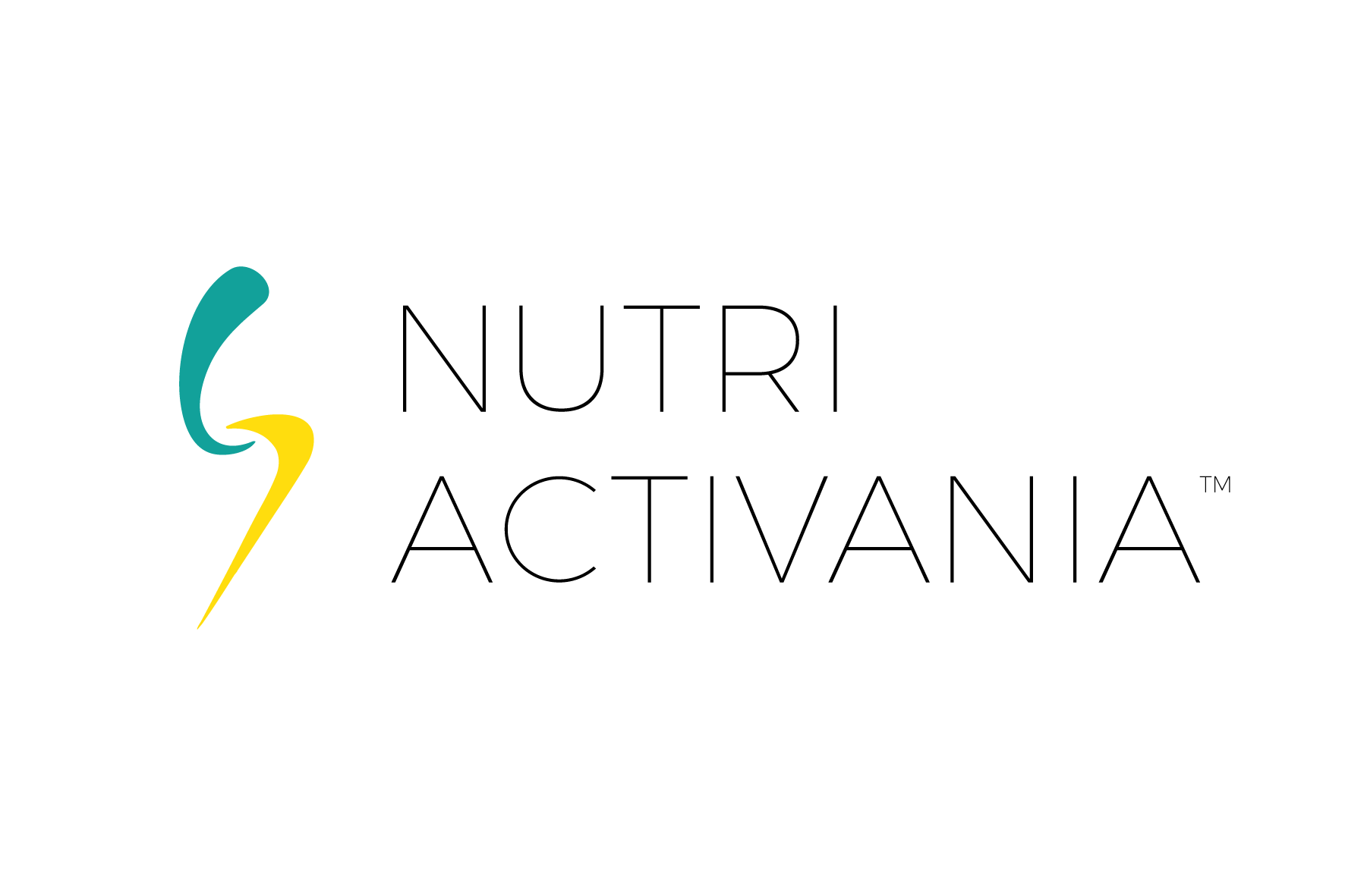When one talks of dietary sodium, less is definitely better. Despite this knowledge, most people today consume 50% more than the recommended daily quantities of sodium. Foods that are high in sodium increase blood pressure levels. High blood pressure damages the kidneys over time and is a major cause of kidney failure.
To help you reduce salt intake to the ideal one teaspoon each day, Top Nutritionist in Delhi, Avni Kaul, shares tips to reduce sodium in your diet in this blog.
Here they are:
- Use fresh instead of packaged meats. Fresh cuts of meat and chicken contain natural sodium, but the content is less than the hidden extra sodium added during processing in products such as the packaged meats. If a food item remains fresh in the fridge for days or weeks, that’s a tip-off that the sodium content is high.
- When purchasing frozen vegetables, select those that are labeled freshly frozen and do not have added seasoning and sauce.
- Eat fresh fruit and vegetables since they have low sodium. Canned and frozen fruits also have low sodium.
- Start reading food labels carefully. Sodium content is always mentioned on the label. Sometimes the high sugar content in a product such as an apple pie can mask the high sodium content. So it is important to check each label for sodium content.
- Opt for spices or seasonings that do not mention sodium on their labels, i.e. select garlic powder over garlic salt.
- Beware of items that do not taste specifically salty but still have high sodium content, like cottage cheese.
- If one has elevated blood pressure, dietary sodium restriction cannot simply lower your blood pressure, but it can boost your response to blood pressure medications.
- Compare several brands of the same food product until you get the one that has the least sodium content as this might vary from brand to brand.
Latest posts by Dietician Avni Kaul (see all)
- How to Keep Uric Acid Levels in Check with a Healthy Diet - October 25, 2024
- Amazing Health Benefits of Eating Dragon Fruits - October 19, 2024
- Why Kids and Teens Should Restrict Energy Drinks? - October 15, 2024
